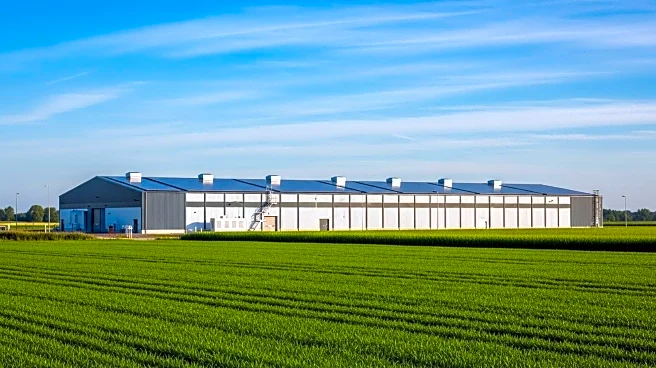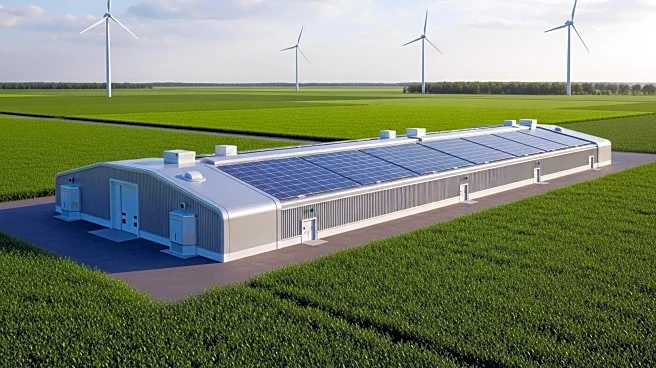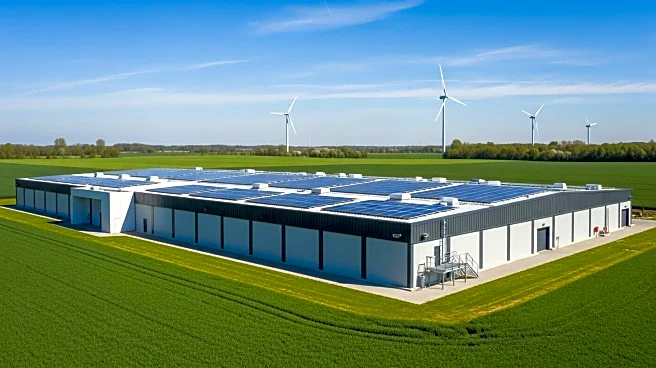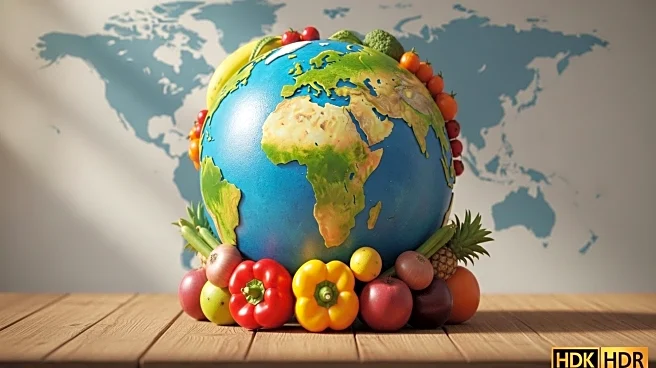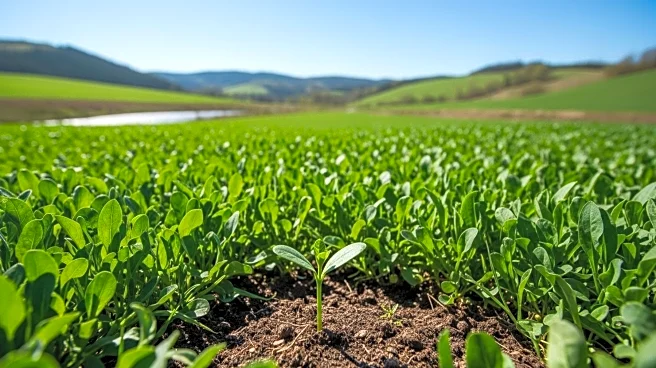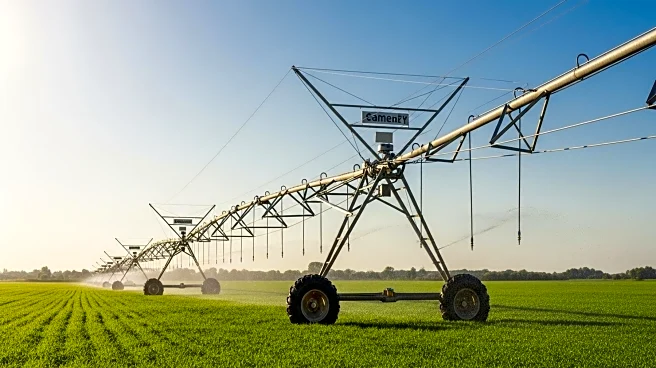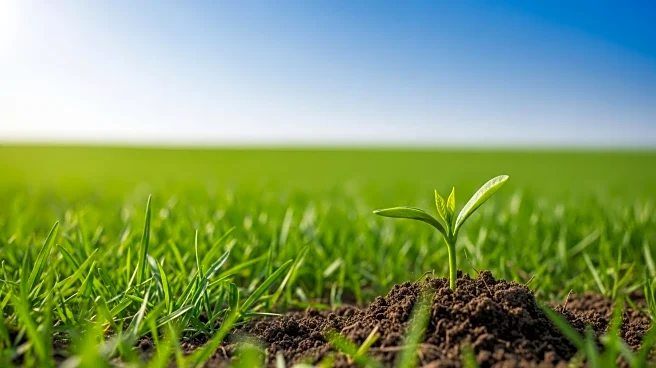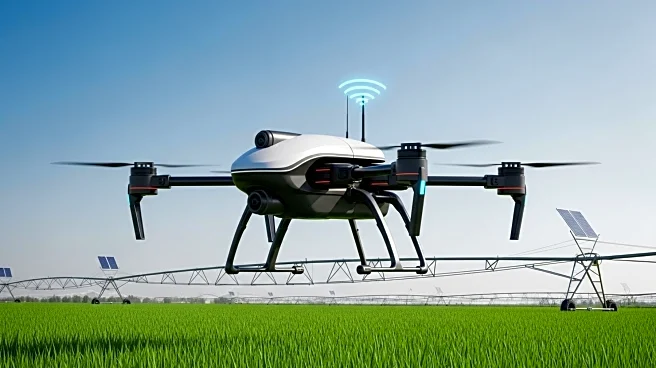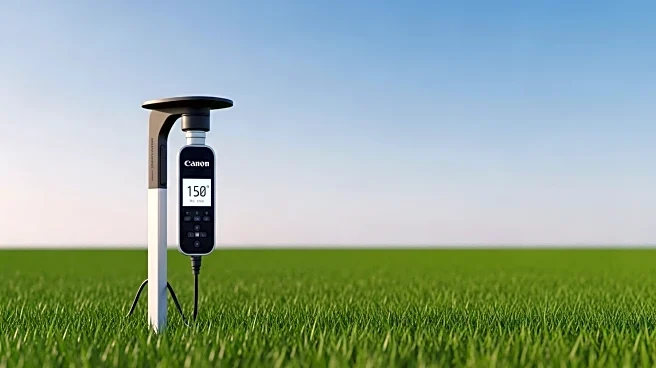What's Happening?
The global population is projected to exceed 8.5 billion by 2030, increasing the demand for sustainable agriculture and innovative storage solutions. In response, government subsidies for cold storage infrastructure are playing a crucial role in reducing post-harvest losses and enhancing food security. These subsidies support the development of bioagriculture storage, which uses environmentally friendly methods to preserve agricultural products. By integrating natural preservatives and bio-based coatings, bioagriculture storage extends the shelf life of produce and reduces spoilage. Cold storage technology, particularly solar-powered and bio-based insulation, further enhances preservation while minimizing environmental impact.
Why It's Important?
The implementation of cold storage subsidies and bioagriculture storage solutions is vital for addressing food security challenges posed by climate change. These initiatives help reduce food waste, improve farmer income stability, and support a circular economy. By preserving nutritional quality and reducing spoilage, these technologies ensure that produce reaches consumers in optimal condition, enhancing profitability for farmers. The subsidies also lower the initial investment barrier for farmers, promoting the adoption of sustainable practices and technologies. This transformation in agricultural storage is crucial for meeting global climate goals and ensuring a resilient food system.
What's Next?
As these storage solutions become more widespread, they are expected to transform agricultural supply chains and rural economies. Shared cold storage facilities will enable profitable bulk sales and reduce transportation losses. The integration of IoT and sensor technologies will improve efficiency and traceability, strengthening bargaining power with exporters and processors. These advancements will create new jobs in storage management, food processing, and logistics, driving rural economic growth. The continued support from government subsidies will encourage further innovation and adoption of sustainable practices, paving the way for a climate-ready future in agriculture.
Beyond the Headlines
The shift towards bioagriculture storage and cold storage subsidies reflects a broader trend towards sustainable agriculture and circular economy approaches. By reusing agricultural residues for insulation and composting bio-packaging, these practices reduce waste and environmental impact. The integration of digital traceability and premium branding enhances market access and fetches higher prices for farmers. These developments highlight the potential for technology and policy to create a resilient agriculture ecosystem, supporting food security and environmental sustainability for generations to come.
